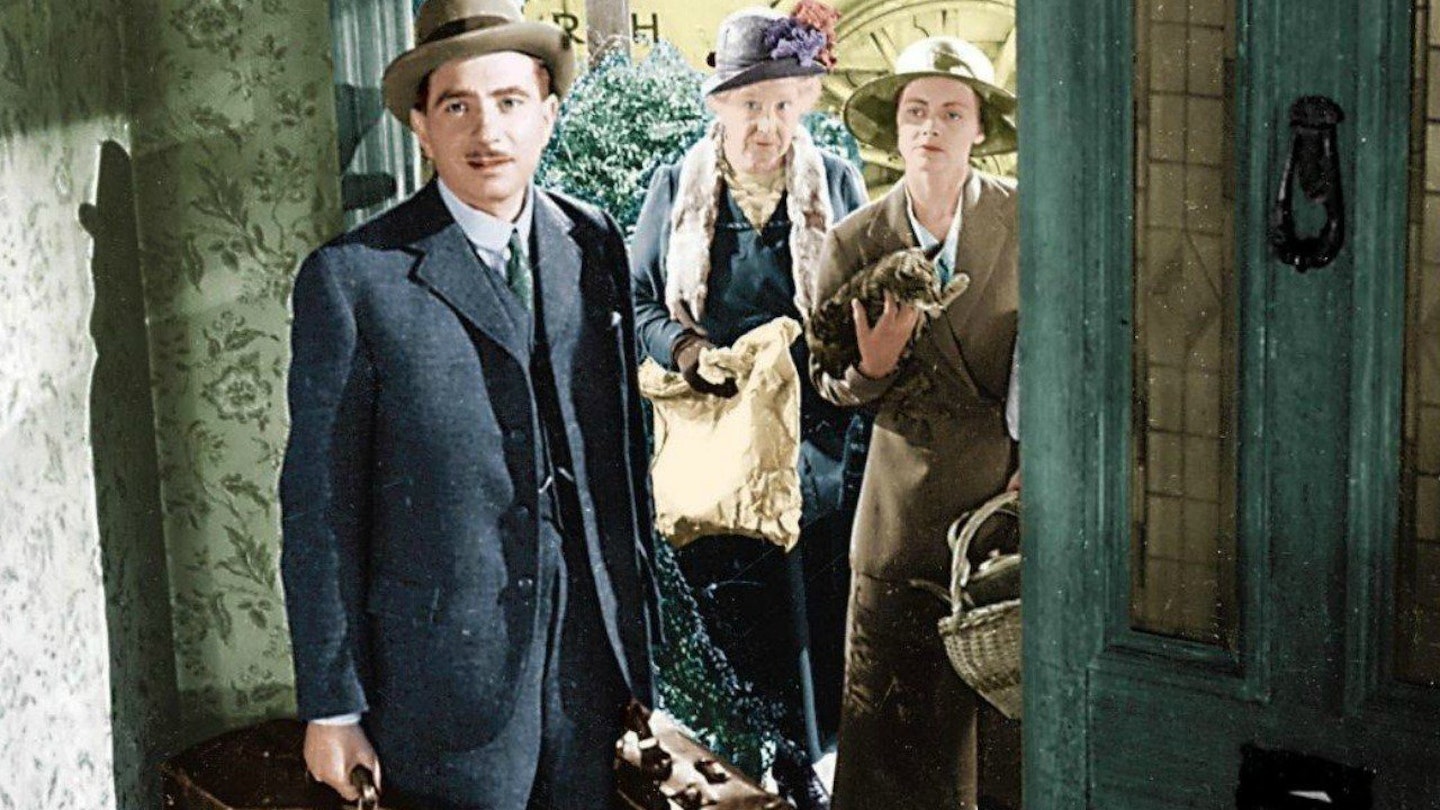Noel Coward had played Frank Gibbons when This Happy Breed opened at London's Haymarket Theatre in 1943. However, having been so impressed by David Lean while collaborating on In Which We Serve that he had conceded him artistic freedom in directing all future screen versions of his work, Coward had to accept being dropped from this adaptation of his own play, as Lean felt that his mannered style would undermine his attempt at studio realism. Yet Robert Newton (who was cast when Robert Donat declined) was scarcely more naturalistic, as he fought his inveterate inclination to overact, while Celia Johnson's south London accent was as unconvincing as John Mills' typically clipped tones were anachronistic.
Yet, this domestic saga - whose title came from John of Gaunt's speech in Shakespeare's Richard II - remains as affecting as it was in 1944, when audiences marvelled at the somewhat patronising effort to put their own daily experience on the screen.
In essence, it was a lower-class variation on Coward's earlier Cavalcade (which had won the Oscar for Best Picture in 1933) and similarly used landmark events like the British Empire Exhibition of 1924, the General Strike and the rise of Fascism to place the family chronicle within an historical context.
But this was no mere parade of passing time, as Lean used incidents in the wider world to impinge upon the attitudes and actions of the residents of Sycamore Road. Consequently, his situations were far more authentic than those presented in present day soap operas, which, for all their aspiration to social realism, are forced by the nature of their production to skirt contemporary references.
Despite confining much of the action to his interiors, Lean avoided overt theatricality. Indeed, he turned No.17 into the eighth member of the Gibbons family, using it to absorb the tragic news of Reg's car crash death and provide a nostalgic farewell after Frank and Ethel depart for their self-contained flat, in a manner that would be duplicated at the close of the classic TV drama, Upstairs, Downstairs, which owed its episodic, history-led domesticity to Coward's household scenarios.
